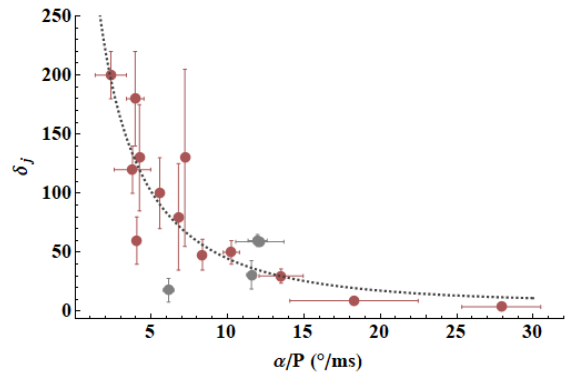

Emission geometry and jitter noise in millisecond pulsars
In an ideal world, pulses from radio pulsars arrive regularly. However, this is not always the case, and the closest to that is probably the millisecond pulsars (MSPs). As the name suggests, these pulsars have very short rotation periods at the level of milliseconds.
Such pulse regularity is the privilege of MSPs for use as ‘timing’ devices in astrophysical applications, such as the detection of the gravitational waves. However, the regularity contains “contaminants”, which result in deviations in the arrival time of the pulses. Known as jitter noise, this poses a significant limitation for any high precision timing using MSPs.
The researchers from Xinjiang Astronomical Observatory (XAO) of the Chinese Academy of Sciences (CAS) conducted an investigation of the relationships between the emission geometry and the jitter noise in 17 MSPs. They based on the assumption that jitter noise is caused by changes in the plasma flow rate leading to variation in the measured pulse arrival time relative to the predicted time, or variation in pulse phase.
The results are published in the Astrophysical Journal.
In this study, the jitter noise displays an exponential decay as a function that combines the obliquity angle and the rotation period, revealing the correlation among the three parameters. This indicates that the magnitude of jitter noise is not random, but likely specific to each MSP. Given the intensive recycling process, the jitter noise may be related to the evolution of an MSP.
Variation in the jitter noise (dj) as a function combining the obliquity angle (a) and the rotation period (P). The line of best fit is shown in dotted black line.
Contact: Rai Yuen
Xinjiang Astronomical Observatory, Chinese Academy of Sciences
Email: ryuen@xao.ac.cn
Article link: 10.3847/1538-4357/ad2e05
Attachment Download: